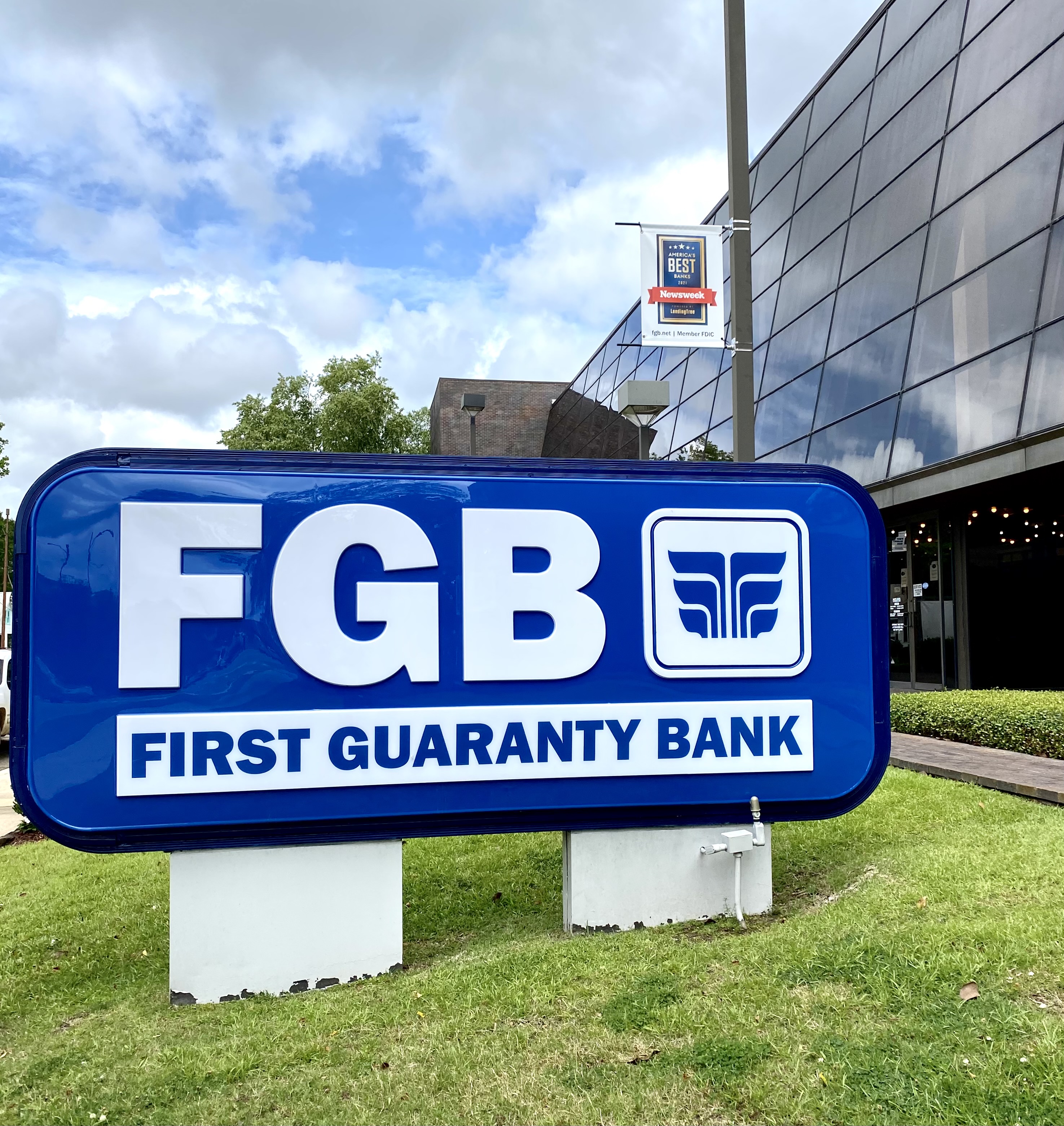Banking Basics
Banking Basics
Adapted from the FDIC's Money Smart Program.
Banks offer a wide range of products and services to help you manage your money. They accept deposits of money, lend money, and may offer credit card services, car/personal loans, mortgages, and more! The term “bank” also includes savings associations.
What is Member FDIC?
The Federal Deposit Insurance Corporations (FDIC) is an independent US governmental agency that protects the funds depositors place in FDIC-insured banks. The FDIC provides insurance of at least $250,000 per depositor, per FDIC-insured bank, per ownership category. Basically, this deposit insurance protects you if the bank fails or is closed by the government. The FDIC insures deposit accounts like savings, checking, CDs, cashier’s checks, money orders and more at banks.
The FDIC does NOT cover stocks, bonds, or mutual funds.
Fun Fact: Since the FDIC was established in 1933, no depositor has lost a penny of FDIC-insured funds!
How to Access a Bank
It depends on the financial institution, but you may be able to access your bank through a branch, an ATM, customer service phone numbers/email, a website that offers online account access, mobile banking.

When you have an account with a bank that has multiple branches, you can use any of the branches to meet you banking needs and access your money – whatever is convenient for you!
Products/Services Available at Financial Institutions
There are many products and services that financial institutions can provide. For example:
- Deposit Products: include savings accounts, checking accounts, CDs, and money market accounts. With both check and saving accounts, direct deposit allows your money to be safely and securely electronically deposited into your account.
- A savings account is used to set money aside for the future. People usually use savings accounts for money they do not expect to need or use on a regular basis. Money in a savings account earns interest. In fact, there are generally limits on how often you can take money out of savings account, while there are no limits on how often you can deposit money into the account. Click here for tips on saving money.
- A checking account is a transaction account. It is designed for you to deposit money into and take money out of frequently. People usually use checking accounts to keep their money available for paying bills and withdrawing money for regular use. Money in a checking account may earn interest—check with your bank!
- A CD (or Certificate of Deposit) is used to set money aside for the future. Note: it’s not the same as a savings account. You need to keep money in a CD for a specific period or you’ll likely have to pay a penalty or lose some (or all) of the interest you earned. The required time could be three months to five years or even longer.
- Money Market accounts usually pay a higher rate of interest and require a higher minimum balance than other account options. You can withdraw your money from a money market at any time.
- Credit Products: allow you to borrow money from a financial institution. You usually pay interest on the amount you borrow.
- Credit Cards are revolving credit which means you can borrow money repeatedly up to your credit limit as long as you pay at least the minimum payment monthly.
- Lines of credit are like a credit card and allow you to borrow money up to a certain amount.
- Installment loans are generally repaid in equal payments over months or years. They can be used to finance consumer items, such as appliances, cars, trucks, education, or personal expenses. Note: The final payment on some installment loans may be different than the regular payment amount.
- Mortgages are loans secured by your home, usually to purchase or refinance an existing mortgage. They are usually installment loans.
Other products and services that banks may offer that can help you manage your money, send money, or pay bills include check cashing, money orders, prepaid cards, debit cards, cashier’s check, ATMs, online or mobile banking, and more!
